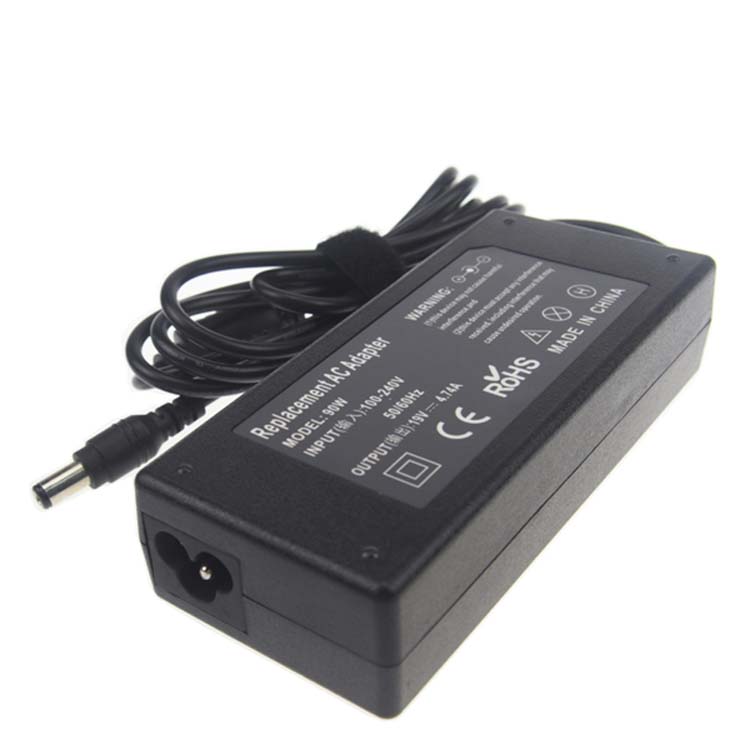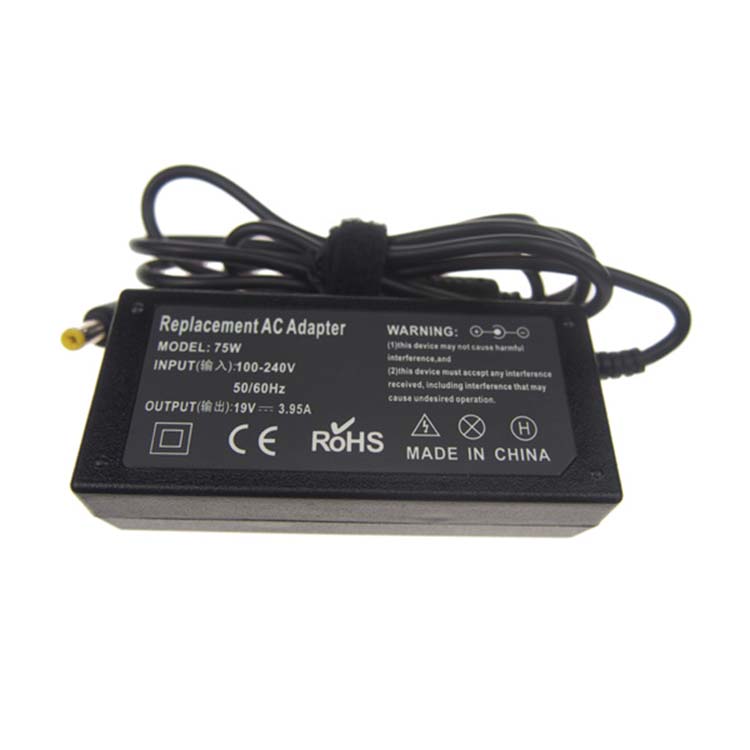Xu Hongchun: Good afternoon, every expert! First of all, I am very pleased to be here for the first time in beautiful Hohhot to participate in this international fiber optic communication forum. The following report topics are the research progress of integrated optoelectronic transceivers at home and abroad. The report consists of four parts, summarizing the research progress of foreign integrated transceivers, as well as domestic research base stations, and finally summarizing and looking ahead.
First of all, is the continued growth of FTTx. Why? Because I want to introduce transceiver components, the main application is still FTTx, so we need to make a simple review. In fact, today's experts talked about FTTx. From this whole chart, FTTx maintains a trend of continuous growth. This represents tens of millions of users, FTTH and the total number of FTTx users, and the number of users reached more than 200 million. We are a growing trend.
This is how I got a China Unicom advertisement from the website. The 10M speedup of broadband is a level that others cannot reach. Our target is 2M in rural areas and 10M in cities. This is the minimum requirement. From a national perspective, including the central and western regions, the country can truly achieve 2M in rural areas and 10M in cities I think this is already very good. From the domestic PON development, from the perspective of domestic PON clustering, there is a relatively large growth in 2011.
This is an authority on the growth rate of active devices, and we see this green represents the growth of active devices. When there was a bubble in 2009, green changed the integration of all the world economy, including the large environment, as well as light development. Really big growth In 2014, our active light series will have a better opportunity in 2014. We must be prepared. We must also prepare for this in the future. This is a core device analysis of the PON, transceiver device is the core, this is the optical module, I just listen to experts say, China Telecom CEOs talked about the active part of the PON, the total cost is about 40%. From this core, the transceiver device is the core.
The trend of the development of transceivers and integrated devices has been to separate devices in the past, and hybrid optical integration will be implemented in the future. The future will be mainly in complete optical integration, mainly including PIC and OEIC integration. The second part of the following section describes the research and development of integrated transceivers abroad. First of all, let's take a look at the characteristics of our most widely used separation devices and do a detailed decomposition. Its main features are first of all inseparable from the hermetic package, and the second is the active pair. quasi. Then use most of the metal structure, the main significant features.
There are many kinds of integration, and the most basic integration is the silicon optical platform technology. The representative is OKI of Japan and developed this SIOB U-BOSA chip. What is the difference between silicon optical platform and PIC, there is a formula to express a meaning, we PLC = SIOB + WG-Lens.
This is a PLC-based integrated device technology, which is another invention of the PLC integrated TRIPLEXER chip. This is ONCHIP's PIC DIPLEXER chip. The chip is made into a daughter board and finally packaged in this module. I would like to say that the true meaning of this PIC is to integrate all the active and passive parts on the substrate of the Inp material. The technical difficulty is very high and the yield is difficult to control. From the beginning, components such as ITIA and LDD are still not on the current substrate. At the Gent University in Belgium, passive components on SOI and active components based on Inp are organically combined through the BCB process to study the OLT devices of the CO in the central computer room.
This is another use of the standard CMOS public good 1 to 0.8UM, the LED emitting part is integrated on the SI3N4 waveguide and the PD receiving part on a chip, implementing the SI-based OEIC. The function is simple and there is a big distance from the actual demand. From the hybrid integration of this OEIC technology, the SI-based OEIC is merged with other processes such as PIC to make another SI/SI02-based optoelectronic chip. Disadvantages There are interconnections between chips, problems of integration, and advantages, allowing different types of devices to select the most appropriate materials for each, and the best processes can be integrated together to achieve better performance. We think of it as a monolithic integration.
In this regard, many research institutions have done research, such as the Vafer-class hybrid quasi-monolithic wafers, which combine the unprocessed triplet-V, Wafer with wafers with SOI waveguides. There is also a BCB BONDING quasi-single chip that actually passes the III-V, Wafer, and SOI waveguide wafers through a DVS-BCB polymer gel. This is a microscopic analysis of his BCB structure.
Some domestic researches have also done research on integrated and law-abiding integrated devices. This is a research done by Zheda University and Peking University is also doing integrated single-fiber three-way devices based on SOI nanowires AWG. They also developed prototypes. There are many studies in this area, but they are not introduced. They have also done a transceiver component in Sichuan Feiyang.
SMP technology, active, passive components and PLC direct high-precision placement, to meet the optical path and structural design requirements. SMP technology mounts high isolation WDM filters. The optical path propagates in the closed waveguide, improving reliability, and the optical chip is in direct contact with the PLC and the heat dissipation performance is good. This is the chip that SMP makes, there are some components, and the filter is finally made into a transceiver device. The fiber V-shaped groove is mechanically aligned. The design of the V-groove determines the lateral pre-longitudinal error of the fiber alignment, but the fiber alignment tolerance is large and the actual operation can be controlled within 30M. The PD and LD marks are aligned, and the alignment accuracy of the target is higher than that of the mechanical alignment.
Non-hermetic high-reliability plastic packaging, with a variety of glues on the PLC platform to protect all light chips. We have conducted hundreds of aging tests on our products. One hundred percent of the final test, which is the 100% test it tests for the spectrum. This is a sample test. Our back-end module directly becomes an OEO module.
Finally, we conclude with a summary and outlook, from the application of integrated devices, a platform technology from the photoelectric integration technology can be applied to almost every corner of the optical communication field. Once the large-scale commercial process is fully mature, it will bring revolutionary changes to the entire optical device industry. CSFP products have become a new hot research direction for optoelectronic integrated devices. This is a picture of a CSFP. By adopting the single, dual, and four-channel design, the CSFP can use the existing SFP universal interface, but the external size is reduced to half of the existing industry standard, and the number of channels can be flexibly configured by combining.
If you continue to use traditional discrete component solutions, it will be difficult to achieve the above functions in technical terms. This piece has a CSFP MSA, which can be seen from the components to the assembly, this module, significantly increase the communication gateway density and data throughput, reduce system costs, and eager to play in the data communications market. In China, WTD SOURCE and Hisense became the 5th, 7th, and 8th members of the CSFP MSA International Alliance.
Finally, to talk about a bit of thinking, mainly around MSA, now the MSA has a huge influence on the whole active light. This is quite a foreign country to formulate these MSAs. Let's follow. We must first follow and use change to guide and lead. When we talked about, we had a lot of MSAs in 100G. For example, there are a lot of CFSPs and so many MSAs. Basically, we are all following. These all European and American countries are making decisions and we follow.
Is it possible for us to have an MSA initiated by a Chinese company because MSA has had a great impact on our industry? I would like to take this opportunity to call for advocacy, hoping that domestic companies will be flexible and able to follow us in this direction. We will lead such a way, led by our Chinese companies to lead the international MSA.
Toshiba has become one of the biggest selling for laptop in Europe, given the almost unprecedented success of the Toshiba Satellite range of laptops, the demand for the Toshiba Laptop Charger has increased dramatically.
Toshiba laptop charger includes Toshiba satellite charger series, toshiba Equium charger series, Toshiba Portege charger series, Toshiba Tecra charger series, and Toshiba Qosmio charger series, the mostly popular model is toshiba satellite laptop chargers.
The common Toshiba laptop charger specification has 30W 45W 60W, 90W 120W 180W 230W 19V, and 45W, 60W, 75W, 90W, 120W 15V etc, and the dc tip has common 5.5*2.5mm and 6.3*3.0mm with pin inside, round hole and round 4 pin etc. Also Yidashun has developed the 45W 5V/9V/15V/20V 3A/2.25A type c Adapter for Toshiba.
Yidashun can produce all models of Toshiba laptop adapter charger, and our laptop adapter with smart IC to protect your laptop with over current protection, over load protection, short circuit protection, over heat protection.
All our Toshiba laptop Power Adapter is Brand New Replacement Product, works as Genuine parts, 100% OEM Compatible!



Toshiba Laptop Charger,Toshiba Charger,Toshiba Satellite Charger,Toshiba Computer Charger
Shenzhen Yidashun Technology Co., Ltd. , https://www.ydsadapter.com